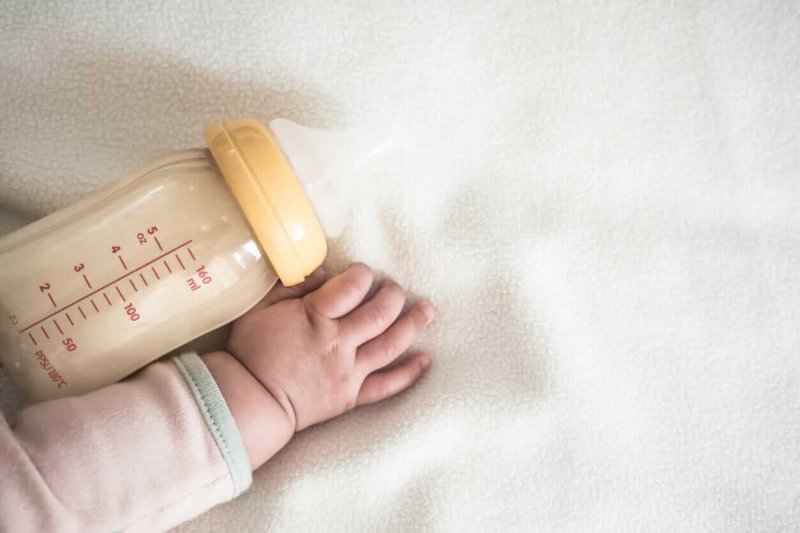The inconvenient truth about breastfeeding is that breasts are, invariably, attached to a person. A person who could get too sick to breastfeed. A person who might have to go back to work within two weeks of giving birth, because U.S. law does not mandate paid leave. A person who might have no place to pump at work, despite a law that does actually mandate such a room.
…
Enter: A bioreactor of lactating human breast cells.
A small start-up called Biomilq recently announced it has managed to grow human mammary cells that make at least two of the most common components of breast milk: a protein called casein and a sugar called lactose. This is the first step, the company hopes, to making human milk outside the human body.
Breast milk is of course far, far more complex than just casein and lactose. It is made up of at least hundreds of different components: a multitude of proteins, fats, and sugars, but also antibodies, hormones, and beneficial bacteria. Biomilq’s founders, Leila Strickland and Michelle Egger, say that they seek to eventually make milk that is “nutritionally” but not necessarily “immunologically” close to breast milk.































